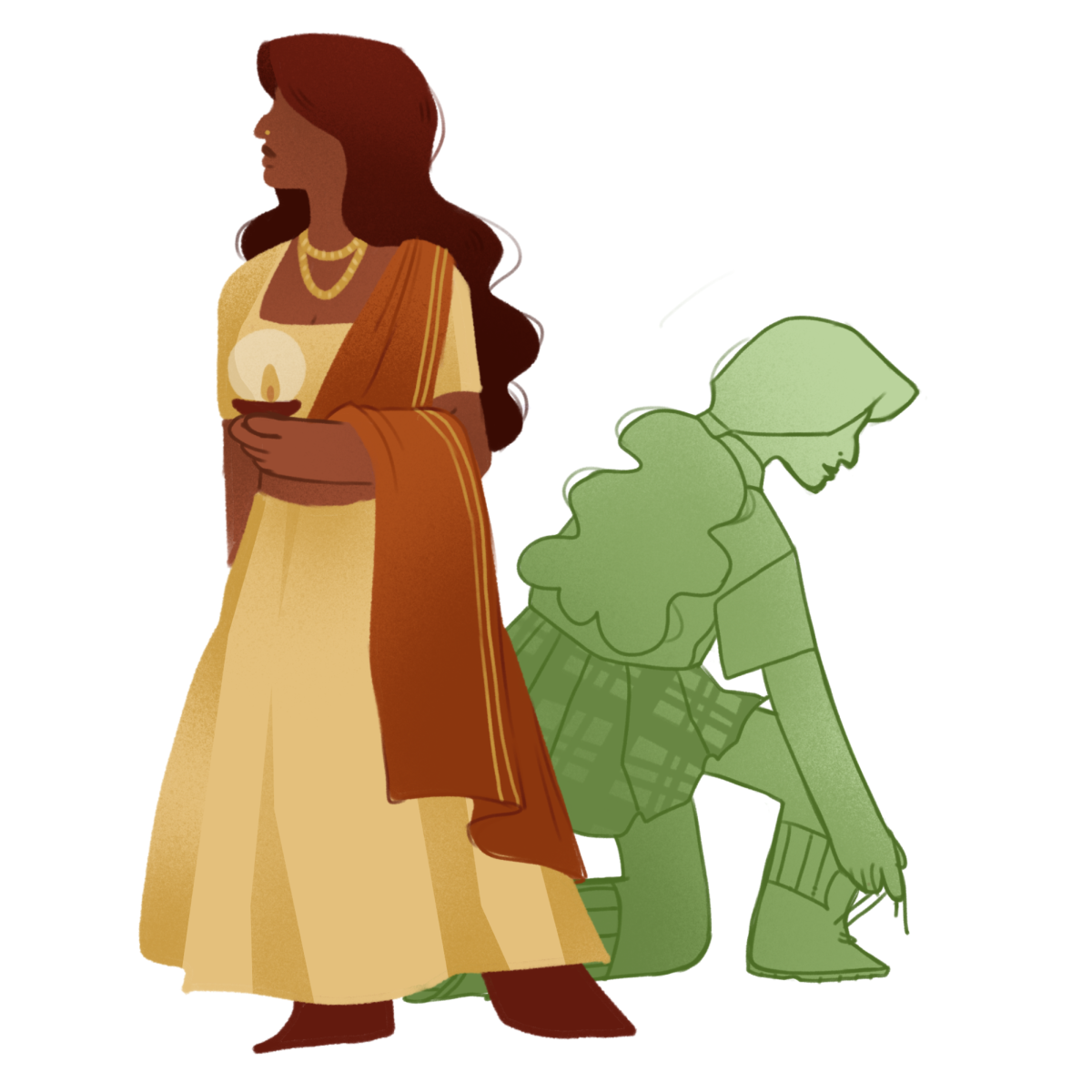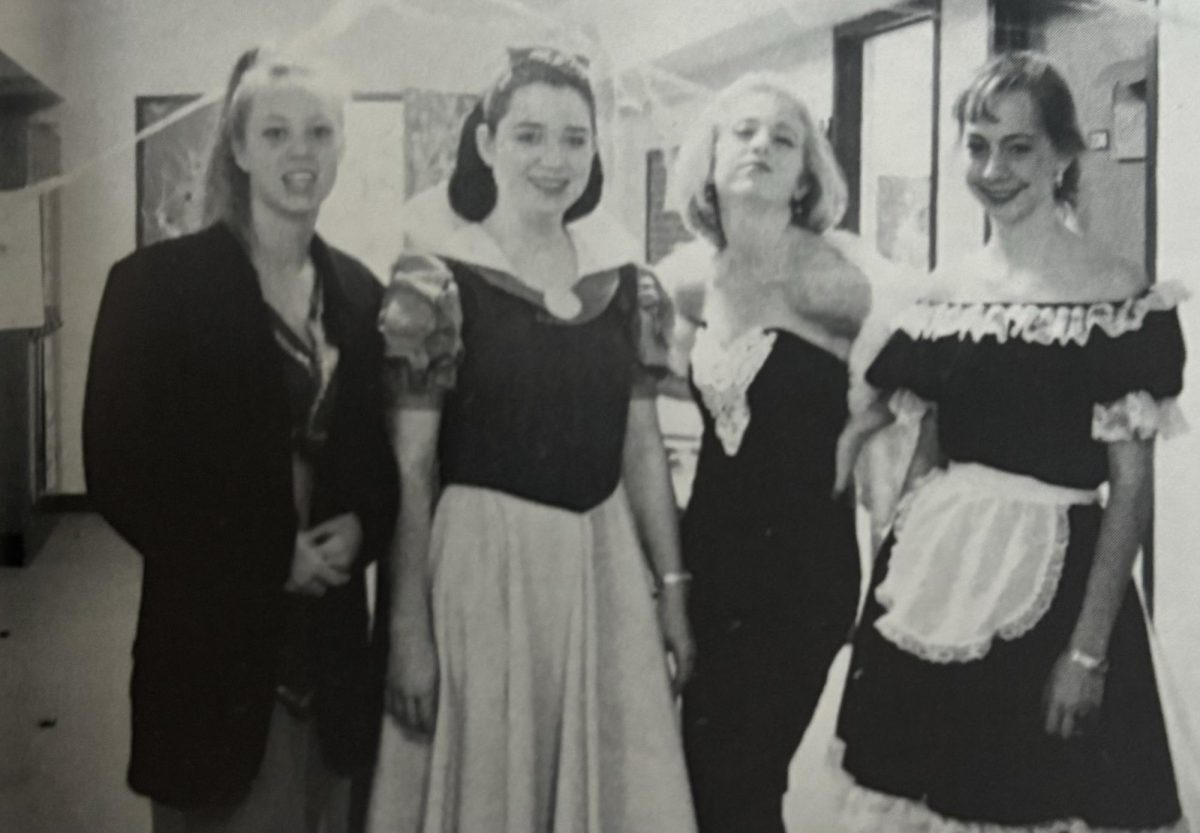Fifth graders don’t have identity crises. Admittedly, teenagers—namely, sophomores much like myself—do.
In the fifth grade, there was only one type of student: the day student. But in the eighth grade, the introduction of the boarding department triggered a question that I am still asked today: “Are you a boarder?”

As if I haven’t been asked that question 100 times before. The question is innocent enough, but I can’t ignore the fact that people always seem to single me—well, Asians in general—out.
And if they do not bluntly ask me, they distort their faces into puzzled expressions and swallow the obviously burning question.
A few months ago, a white student in my Chemistry class enlightened the rest of us that she was a boarding student.
“Oh my gosh, really?” a fellow classmate exclaimed. “I had no idea!”
This fellow classmate clearly had “no idea” because the boarder was white. Not Asian.
Often twins are confused, or left from right, or double-angle formulas (I’ve recently been studying them for my math test).
At Hockaday, the ultimate confusion stems from a certain stereotype that pervades the Hockaday Upper School: that all Asians are boarders, and all boarders are Asian.
And perhaps “Asian” is too broad of a term—most associate boarders with East Asians—because Asia comprises of various countries besides just China, Korea and Japan—Afghanistan, India, Israel, anyone?
Before I proceed: if you had any doubts, I am Vietnamese and, yes, a day student—not a boarder.
Don’t deny it—when a non-Asian student says she’s a boarder, you are surprised. Students and teachers too often confuse Asians for boarders, and vice versa.
It is so ingrained into the Hocka-culture that there’s even a Hockaday meme for it: depicting the character Fry squinting from the television show “Futurama,” it says “NOT SURE IF BOARDER / OR JUST ASIAN.”
I can’t deny that the boarding department consists of primarily Asians. Currently, out 80 boarders, 44 are East Asian. But that’s only slightly over half of the boarders.
At Hockaday, students are privileged to have a boarding department. And the boarders are pretty cool, so getting confused with boarders really isn’t a bad thing.
Ideally, no one would instinctively associate boarders and Asians. Pairing the two is like pairing pineapples and bananas, or penguins and geckos, or vectors and imaginary numbers (still studying for my math test). They just shouldn’t be coupled together.
It’s important to remember that while Asians may currently dominate the boarding department, they do not entirely comprise it.
The key is inventing that mindset—anybody in this hallway could be a boarder!
In fact, next time you ask an Asian if they’re a boarder, ask the non-Asian person next to them if they’re a boarder as well. You just might be surprised.
-Tiffany




